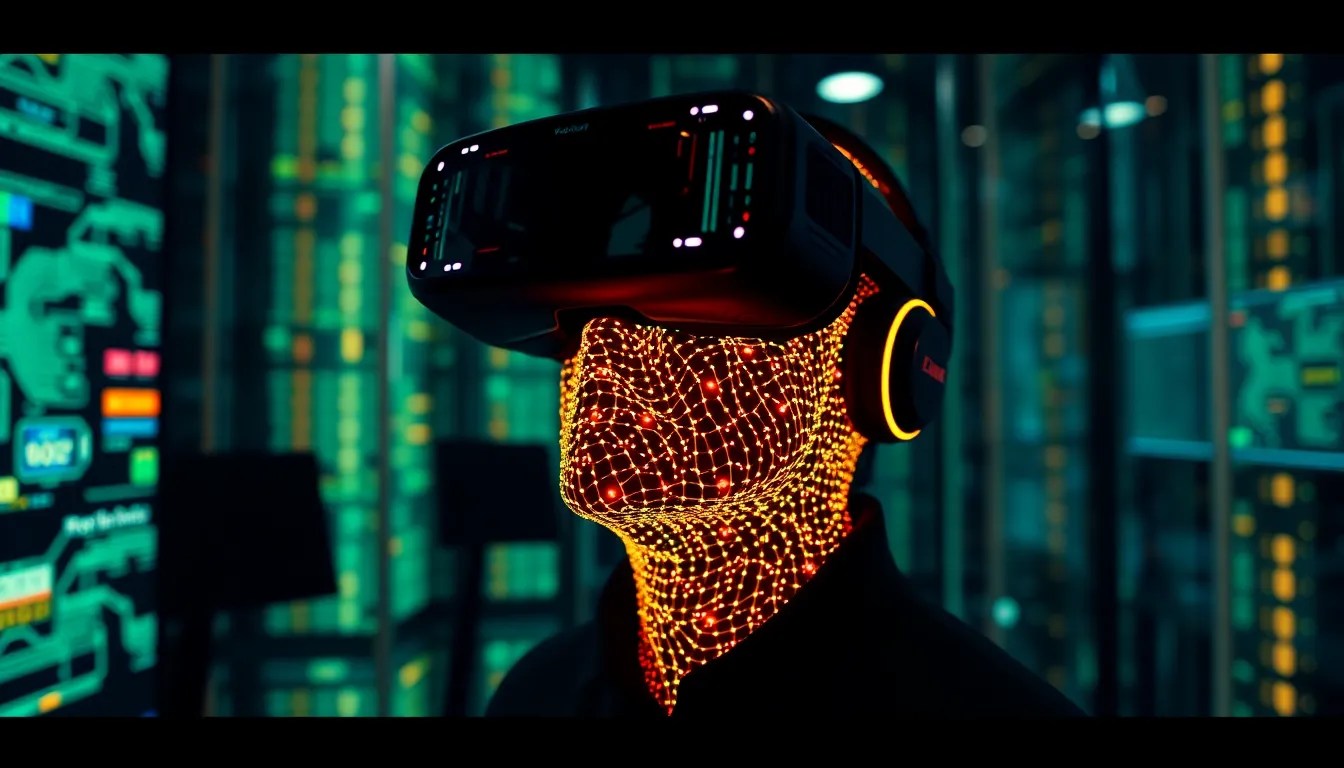How Statistical Computing is Shaping the Future of Virtual Reality
I. Introduction
Virtual Reality (VR) is an immersive technology that allows users to experience and interact with a computer-generated environment as if it were real. By simulating a three-dimensional space, VR can transport individuals into virtual worlds for gaming, training, education, and more.
Statistical computing, on the other hand, encompasses a variety of techniques and methodologies for analyzing and interpreting complex data. It combines statistical theory with computational tools to derive meaningful insights and predictions from data sets.
The intersection of statistical computing and VR is an exciting frontier in the current technology landscape. As VR continues to evolve, the application of statistical methods will play a crucial role in enhancing realism, user experience, and the overall effectiveness of virtual environments.
II. The Intersection of Statistical Computing and Virtual Reality
Statistical computing principles involve the use of algorithms and software tools to analyze data, make predictions, and visualize results. These principles are crucial for VR development, where vast amounts of data are generated and need to be processed to create immersive experiences.
The relevance of statistical methods in VR development is evident in various aspects, from creating realistic environments to enhancing user interaction. The historical context of VR technology shows a clear evolution from rudimentary simulations to sophisticated, data-driven platforms that rely heavily on statistical analysis.
III. Enhancing Realism in Virtual Environments
One of the most significant contributions of statistical computing to VR is the enhancement of realism in virtual environments. Using statistical models, developers can simulate real-world physics, lighting, and interactions, making the virtual spaces more believable.
- Statistical models: These models can replicate the complexities of real-world phenomena, allowing for more accurate simulations of movement, sound, and visual effects.
- Data-driven approaches: By analyzing user data and environmental variables, developers can fine-tune the visual fidelity of VR experiences, ensuring that they align with user expectations.
Case studies illustrate the successful application of statistical computing in VR. For instance, in architectural visualization, statistical models help to predict how light interacts with various materials, creating more realistic representations of buildings before they are constructed.
IV. User Experience and Interaction Design
The role of statistical analysis in understanding user behavior is paramount in designing effective VR experiences. By collecting and analyzing data on how users interact with virtual environments, developers can make informed decisions to enhance engagement and satisfaction.
- Personalization: Statistical computing enables the personalization of VR experiences by tailoring content to individual preferences and behaviors. This leads to more enjoyable and relevant interactions.
- User interface enhancements: Statistical insights can guide the design of user interfaces and interactive elements, leading to intuitive and seamless navigation within virtual spaces.
V. Applications of Statistical Computing in VR
The applications of statistical computing in VR span various industries, showcasing its versatility and effectiveness:
- Gaming and entertainment: Statistical methods are used to analyze player behavior, optimize game mechanics, and enhance narrative experiences.
- Training simulations: VR is increasingly utilized in training programs across sectors like aviation, military, and emergency response, where statistical data is vital for performance assessment.
- Healthcare: In therapeutic settings, statistical computing aids in designing VR experiences that help patients cope with anxiety, PTSD, and phobias.
VI. Challenges and Limitations
Despite its potential, the integration of statistical computing in VR faces several challenges:
- Data privacy: The collection and analysis of user data raise ethical concerns regarding privacy and consent, necessitating robust data protection measures.
- Computational constraints: The complexity of statistical models can impose significant computational demands, requiring powerful hardware and optimized algorithms to function effectively.
- Limitations of models: Current statistical models may not fully capture the nuances of human behavior or environmental dynamics, leading to potential inaccuracies in simulations.
VII. Future Trends and Innovations
Looking ahead, several trends and innovations are set to redefine the landscape of VR through statistical computing:
- Predictive analytics: The integration of machine learning algorithms will enable predictive analytics in VR, allowing for adaptive experiences that respond in real-time to user actions.
- Augmented and mixed reality: The convergence of VR with augmented reality (AR) and mixed reality (MR) will create hybrid experiences that leverage statistical computing for enhanced interactivity.
- Emerging technologies: Developments in artificial intelligence, cloud computing, and edge computing will further empower statistical analysis in VR, making it more accessible and efficient.
VIII. Conclusion
In summary, the integration of statistical computing into virtual reality is shaping the future of this exciting technology. By enhancing realism, improving user experience, and expanding applications across various fields, statistical methods are transforming how we interact with virtual environments.
The transformative potential of statistical computing in VR underscores the need for continued research and investment in this area. As we look to the future, the collaboration between statisticians, developers, and designers will be crucial in unlocking the full potential of VR technology, paving the way for groundbreaking innovations.



